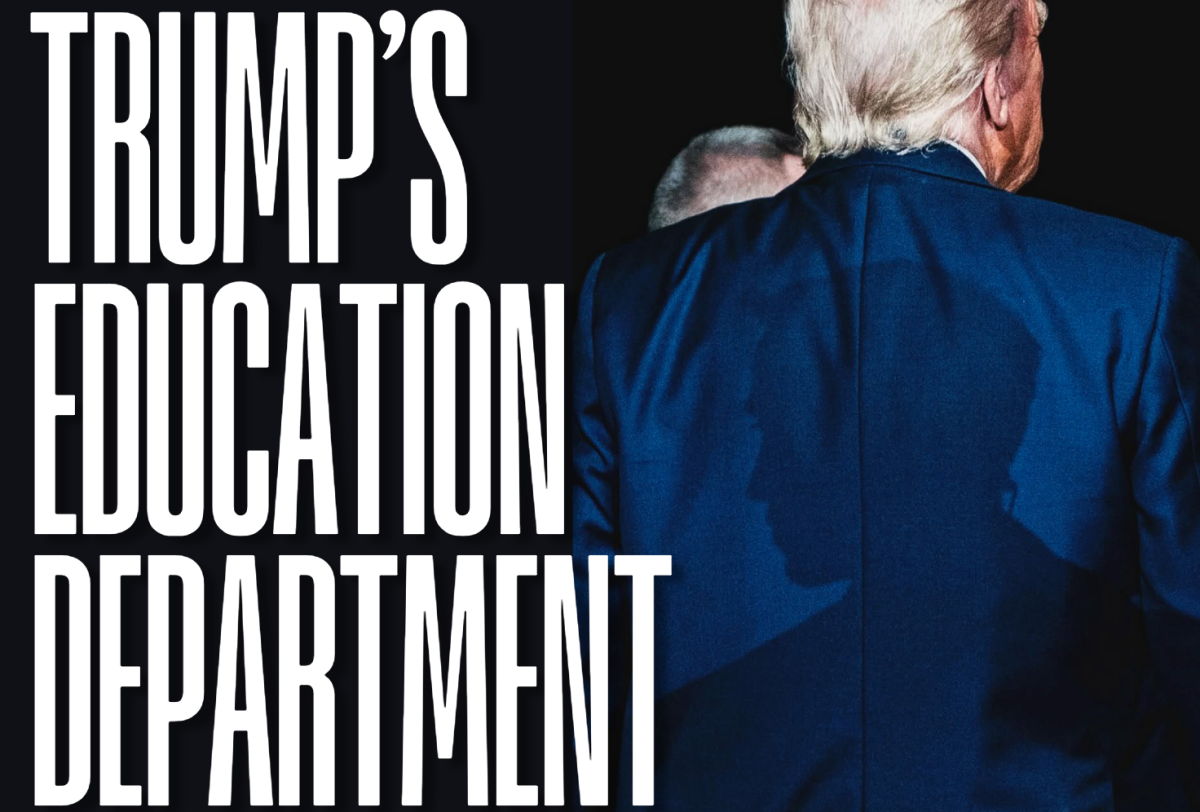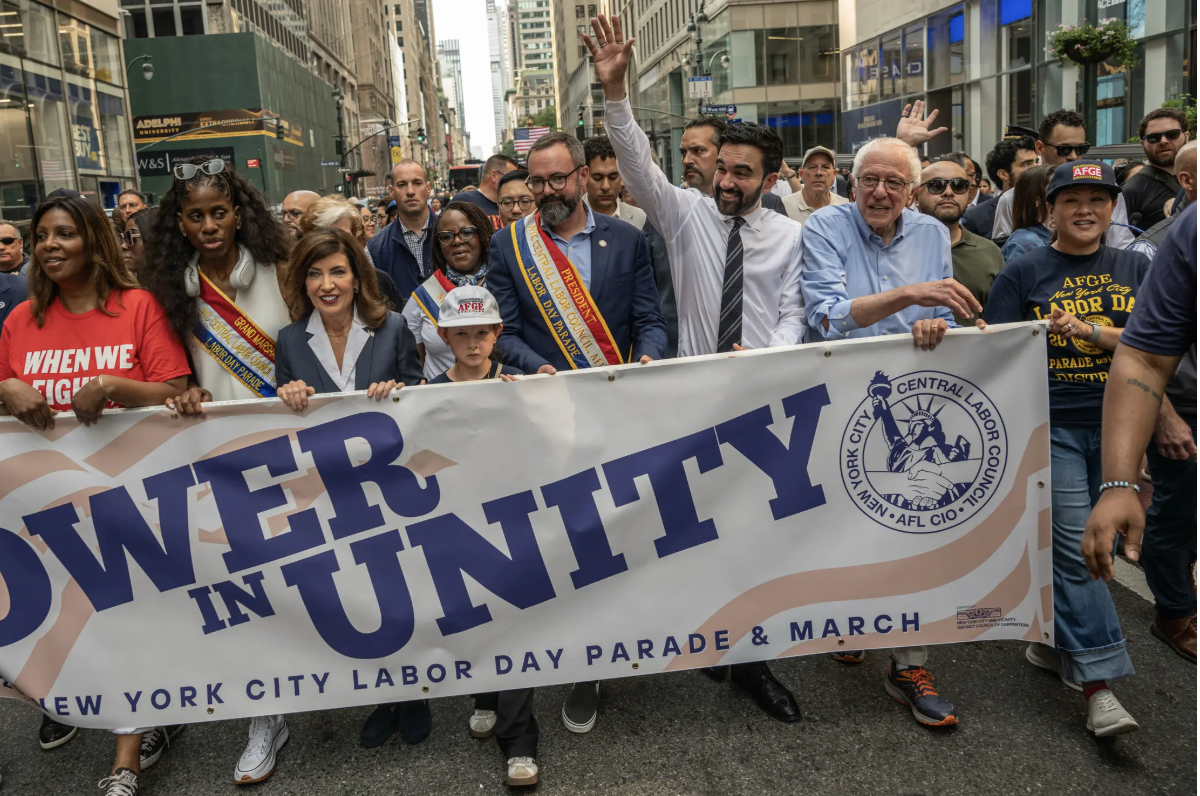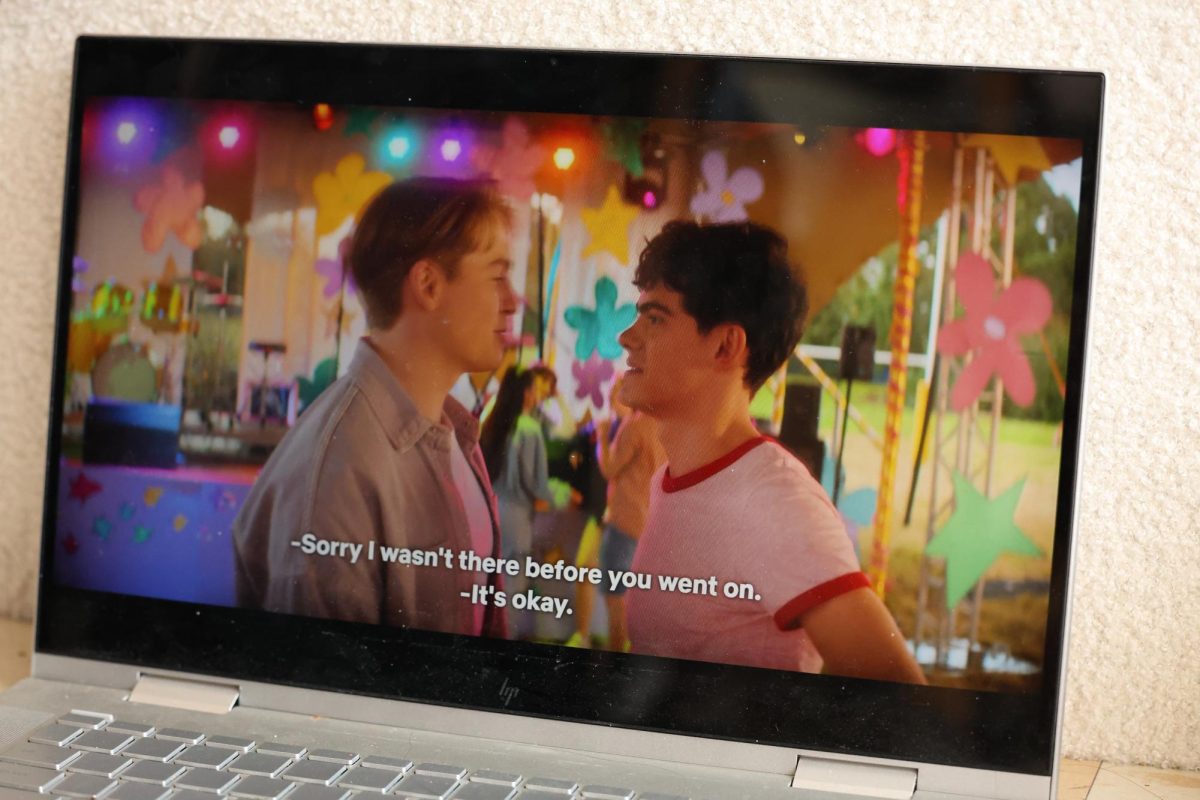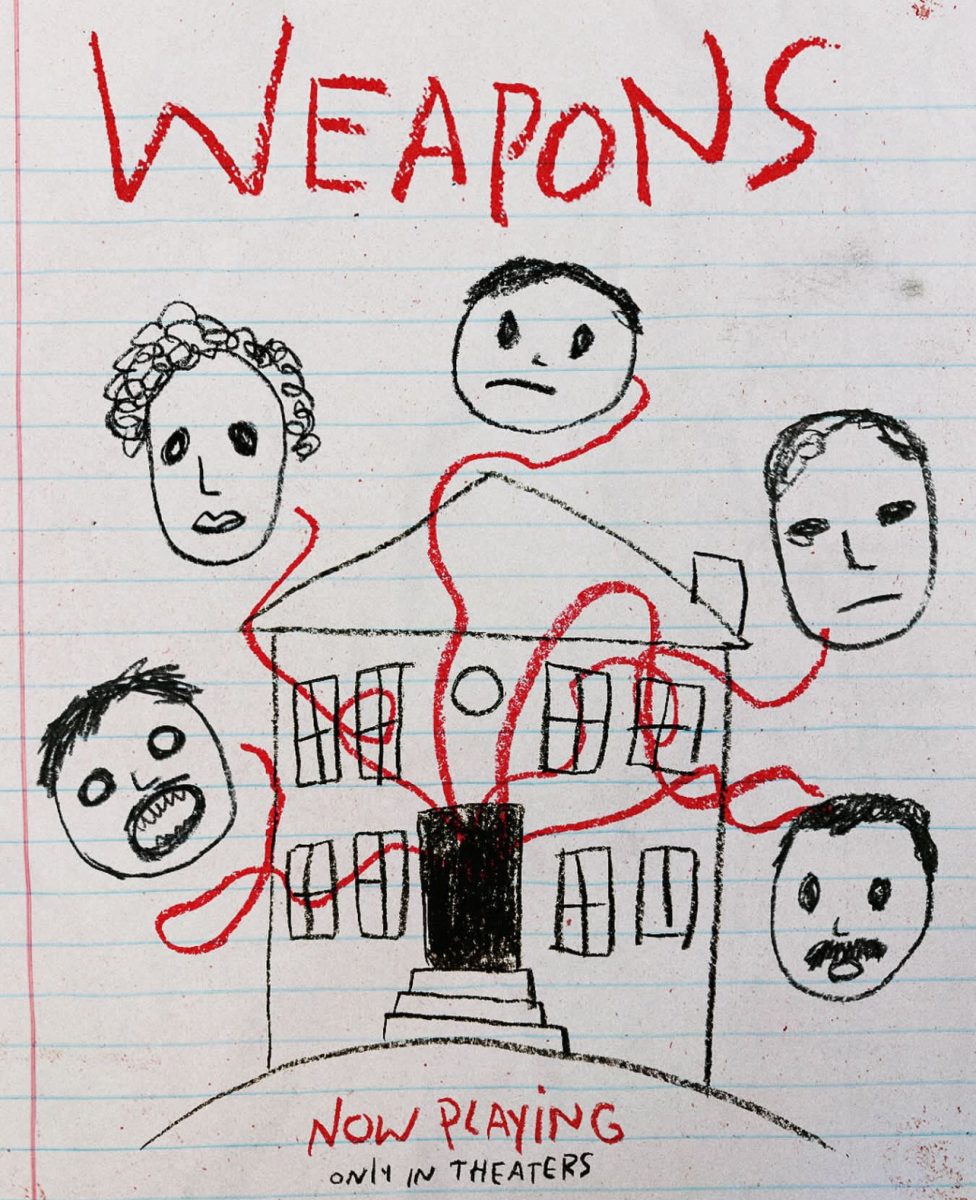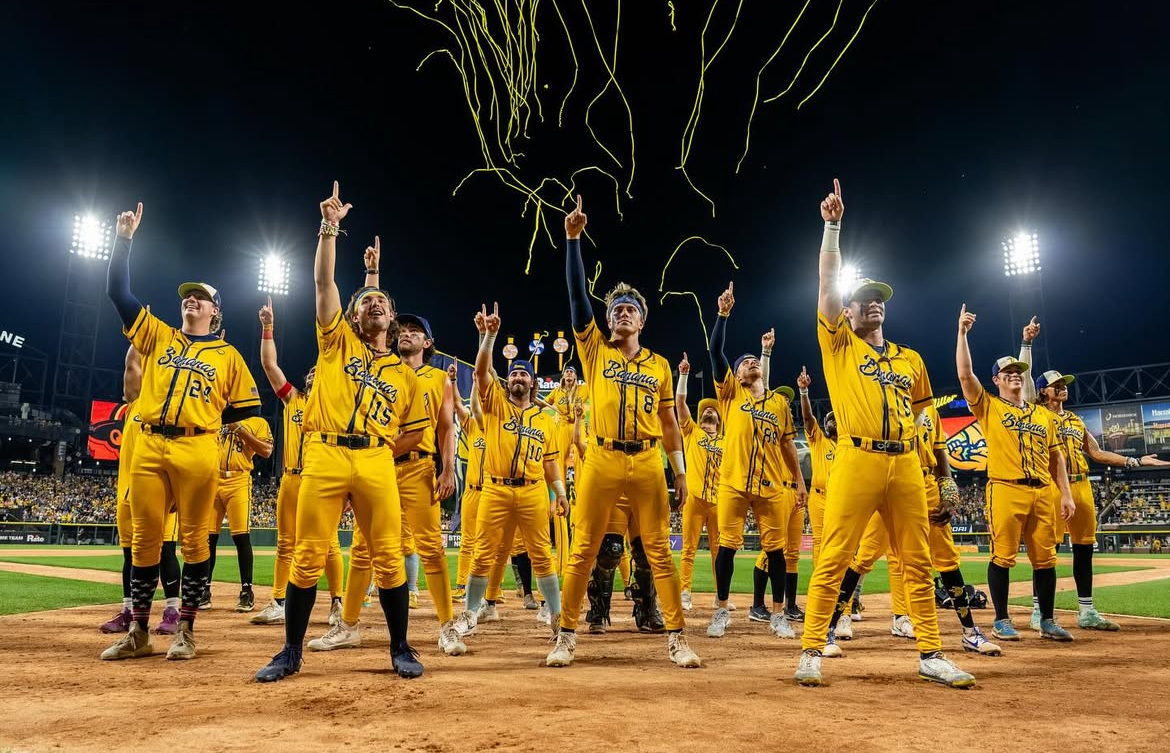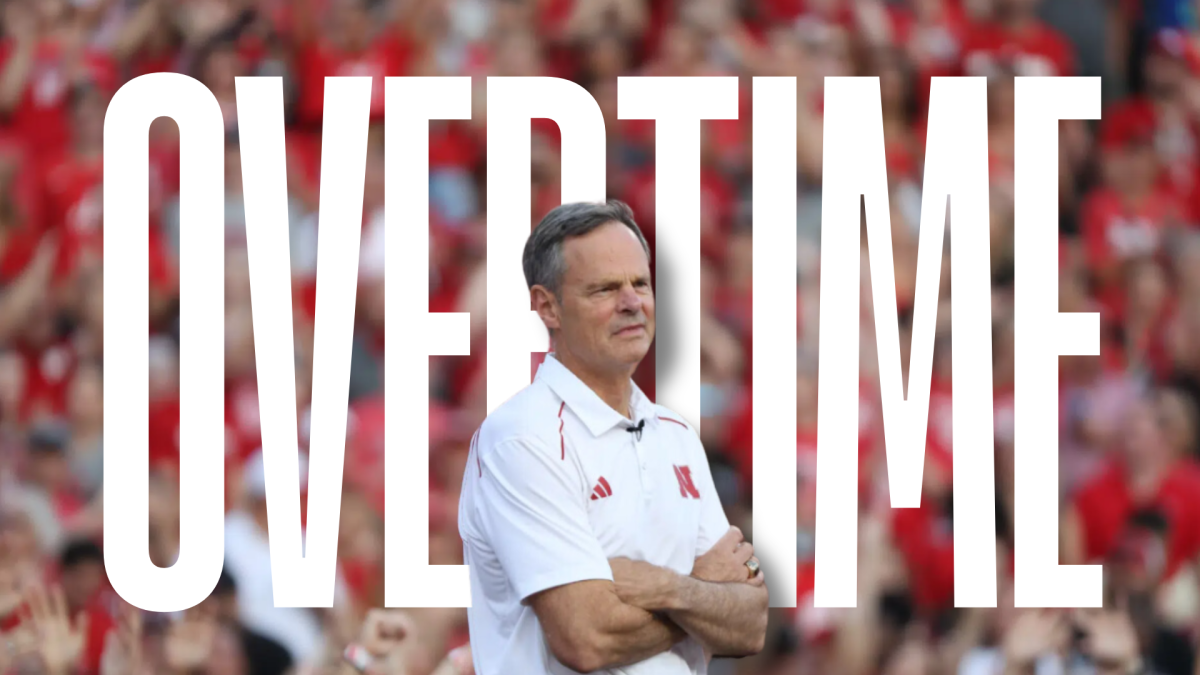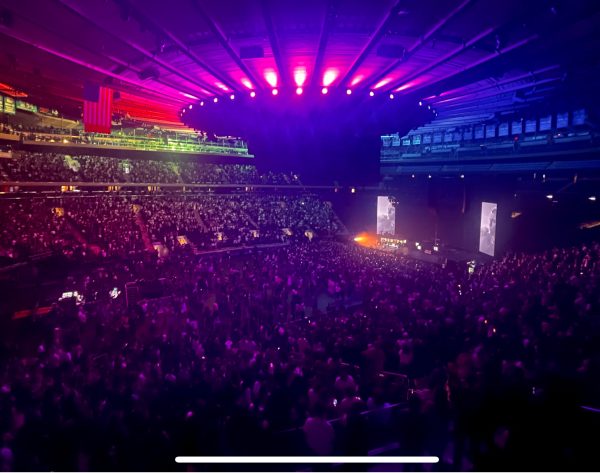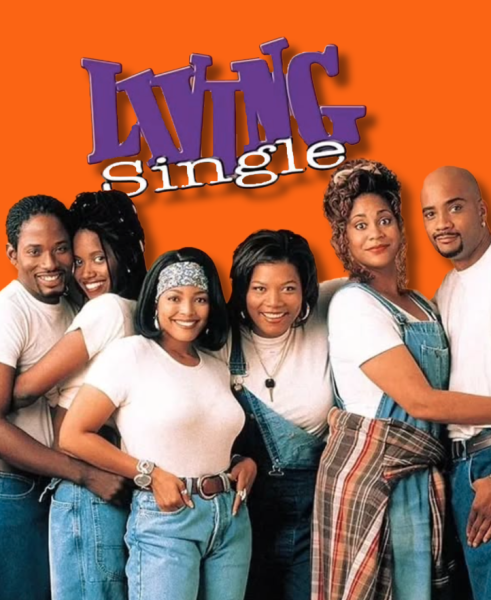Pace of Play: the New Face of the Game
As a lifelong supporter, fan and player of baseball for the last twenty years, it is hard for me to believe that America’s Pastime has seen a consistent dip in viewership since the start of the 21st century. Although I fell in love with the game with my first steps on the field, I recognize that some of the rules and procedures of Major League Baseball (MLB) are outdated and quirky.
Growing up in New York, I was able to watch some of the all-time greats, such as Derek Jeter, Mariano Rivera and Alex Rodriguez. While some of my heroes of the 2000s have moved on from baseball, or become the first unanimous hall of fame electee, the legacy of these players is still felt amongst their followers. However, this unfortunately has not been enough to persuade a younger group of fans to keep watching baseball, thus leaving MLB’s front office with no choice but to shake things up.
The perpetual changes of fans’ preferences and players’ requests have brought us to where we are today. After failing to connect with the younger generation for the better half of a decade, commissioner Rob Manfred and the Player’s Union agreed to enforce the following rule changes, effective immediately, for the 2020 season. I will focus on the two significant rule changes and why they should matter to you.
The Three Batter Minimum: This is one of the most dramatic changes to the game that baseball fans have seen since the designated hitter was introduced in the 1970s. Before this rule, managers were able to bring in a pitcher from the bullpen to face one batter. Now, the pitcher must face a minimum of three batters unless it is the end of an inning. The term “lefty specialist” was quickly adopted from this method, as coaches would often make a call to the bullpen if a lefty batter were up to bat because a lefty pitcher has a significant advantage over a lefty batter. This rule changes the strategy of the game, as pitchers must now focus their careers on being more than just a “lefty specialist.”
What is the point? The MLB has been trying to boost viewership, and nobody has time to sit down and watch a three-hour game anymore. Over the last few years, MLB has enforced minor rules to change the pace of play and make the game faster, but this will have the most substantial impact. The goal of this rule change is to speed up the game and impact decision-making amongst managers and players alike.
Roster Size: A less dramatic switch up than the aforementioned three batter minimum, the MLB has vowed to both expand and reduce roster sizes. While that sounds counterintuitive, roster sizes will increase from 25 to 26 men during the regular season, to 28 men come September. Previously, the MLB allowed teams to add up to 40 men to their roster in September, cutting that number down by 12 with this rule change.
Why are they doing this? Well, why would you play a game of baseball from June to August with only 25 men, but then add 15 men come September? That is inherently imbalanced, so this change from the MLB hopes to even the playing field. This rule is congruent with the three batter minimum rule, as this will discourage teams from overloading their rosters with pitchers, thus making pitching changes happen less frequently, which improves the pace of play. It will be interesting to see how this rule affects the playoff hopes of 30 teams come September.
There are a few other rule changes that the MLB announced it will be making at the start of Spring Training, but these two are ones that stood out to me. They stand out because, while the integrity of baseball is still there, the game is changing right before my eyes.
These changes will hopefully boost viewership and playership amongst the younger generation, turning around the unfortunate path towards which America’s Pastime has been heading.









































